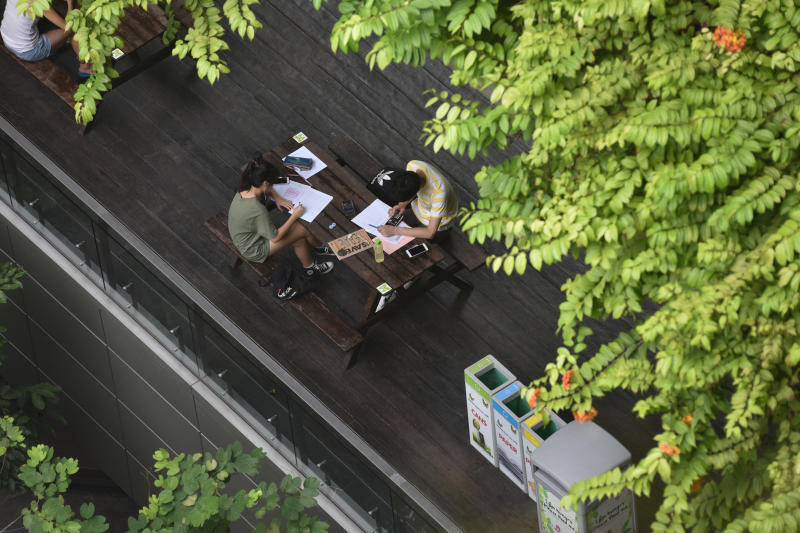Nearly half of low-income students in Singapore attend the same schools: OECD report
Sign up now: Get tips on how to help your child succeed

The OECD report recommended spreading out the share of low-income students across schools and improving the level of social diversity in schools by reshaping school admission policies.
ST PHOTO: JASMINE CHOONG
Follow topic:
SINGAPORE - Nearly half of low-income students in Singapore are concentrated in the same schools, a report by the Organisation for Economic Cooperation and Development (OECD) has highlighted.
The report, released on Tuesday (Oct 23), found that in 2015, 46 per cent of disadvantaged students in Singapore were attending "disadvantaged schools", up from 41 per cent in 2009. The OECD average is 48 per cent.
Disadvantaged students are those who are in the bottom quarter of the socio-economic index within their country, while disadvantaged schools are defined as those which take in the bottom quarter of the country's student population.
The OECD report, titled Equity in Education: Breaking Down Barriers to Social Mobility, said that poorer students in such schools face a double disadvantage, as these schools may not have the best of resources, whether in teacher quality or financial resources.
It recommended spreading out the share of low-income students across schools and improving the level of social diversity in schools by reshaping school admission policies, for instance, by ensuring that school choice is not dependent on a family's ability to pay or other discriminatory factors.
In response, Miss Cindy Khoo, divisional director, Planning Division at the Ministry of Education (MOE), said on Tuesday (Oct 23) that it has been monitoring the socio-economic profile of students in schools, independent of the OECD finding.
The ministry is concerned about the "slow creeping up of the proportion" of low-income students in "disadvantaged schools" , she said, although she clarified that the term "disadvantaged schools" can be misleading.
"OECD uses the term 'doubly disadvantaged' to describe disadvantaged students in 'disadvantaged schools', implying that the learning needs of the disadvantaged students are not catered for in these schools. But, in Singapore's context, all our schools are well-resourced by international standards," she said.
She added that students of a lower socio-economic status in what OECD termed as "disadvantaged schools" are actually not worse-off in terms of provisions.
Miss Khoo added that MOE has been providing support to all levels of students, through literacy and numeracy levelling-up programmes, and increasing financial support for needy students.
It also reviews admissions processes to ensure schools do not become closed circles, and students can interact with people from different backgrounds, she said.
For instance, since 2014, 40 places in every primary school have been reserved for children without any prior links to the school. From 2019, one-fifth of places in secondary schools that are affiliated to primary schools will be set aside for students who do not benefit from affiliation priority.

